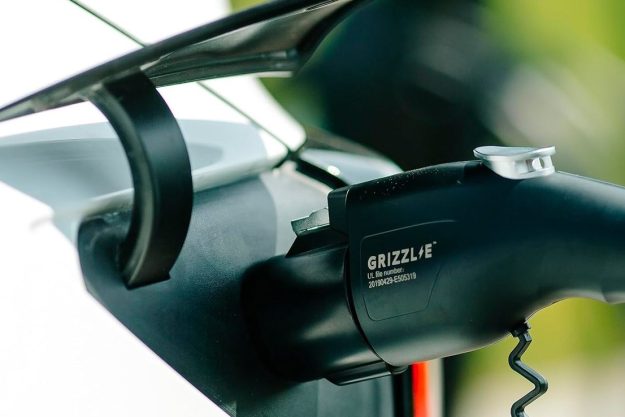Carmakers love to lean on their history, and Porsche has plenty of it. The 911 has been in production for over 50 years, and still maintains the styling cues of those original 1960s models.
That heritage is apparent in the 911 Targa 4S Exclusive Design Edition, which debuts this weekend at the AvD Oldtimer Grand Prix at the Nürburgring. Created by Porsche Exclusive, the carmaker’s personalization division, the special edition is a collection of design elements from classic Porsches.
The 911 Targa was a good place to start for a nostalgic model because, with its metal roof bar and glass fastback, it already references the original 911 Targa from the 1970s. Porsche created the semi-convertible Targa in anticipation of a U.S. ban on convertibles that never came. Previous models had a lift-out roof panel, but the current Targa has an elaborate automated folding mechanism.
Read more: Porsche restores a classic, Le Mans-winning 911
Each of the special editions is taken off the assembly line and hand finished by Porsche Exclusive. The only available color is Etna Blue, a shade that first appeared on the 1960 and 1961 Porsche 356B. The light blue is even used for the “Targa” logo on the roof bar. Along with the Porsche graphics on the car’s flanks, it makes for a decidedly retro look. The Exclusive Design Edition also gets black-tinted LED headlights, 20-inch RS Spyder wheels, and quad tailpipes.
The interior is finished in Graphite Blue leather, which actually looks more gray than blue, with Provence Blue contrast stitching. The only notable upgrade is a pair of sport seats. As with most limited editions, there are plenty of callouts to the car’s special nature, including a 911 Targa silhouette on the center console, “Porsche Exclusive Manufaktur” lettering on the dashboard, and anodized stainless steel sill covers lettered “Exclusive Design Edition.”
There are no mechanical changes, meaning the Exclusive Design Edition sticks with the standard Targa 4S’ 3.0-liter twin-turbocharged boxer-six, which produces 420 horsepower. Porsche won’t discuss pricing, but expect a significant premium over the $123,650 (including destination) base price of a standard Targa 4S.
Editors' Recommendations
- T-Mobile agrees to pay big bucks for last year’s 911 outage
- Hands on with the Taycan 4S
- Porsche shaves nearly $80,000 from the Taycan EV’s price with new 4S variant


